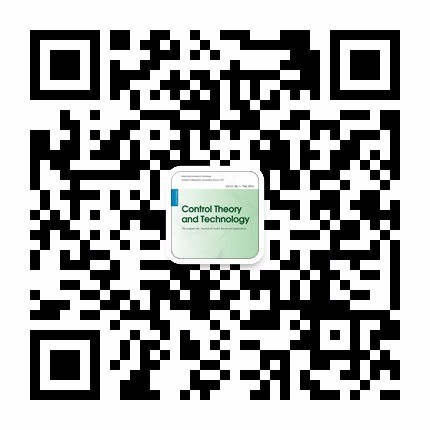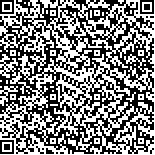| 摘要: |
|
| 关键词: |
| DOI: |
| Received:January 29, 2010Revised:September 19, 2011 |
| 基金项目:This work was supported by the Natural Science Foundation of China (No. 60974039) and the National Science and Technology Major Project (No. 2008ZX05011). |
|
| Newton-conjugate gradient (CG) augmented Lagrangian method for path constrained dynamic process optimization |
| Qiang ZHANG,Shurong LI,Yang LEI,Xiaodong ZHANG |
| (College of Information and Control Engineering, China University of Petroleum (East China)) |
| Abstract: |
| In this paper, a Newton-conjugate gradient (CG) augmented Lagrangian method is proposed for solving the path constrained dynamic process optimization problems. The path constraints are simplified as a single final time constraint by using a novel constraint aggregation function. Then, a control vector parameterization (CVP) approach is applied to convert the constraints simplified dynamic optimization problem into a nonlinear programming (NLP) problem with inequality constraints. By constructing an augmented Lagrangian function, the inequality constraints are introduced into the augmented objective function, and a box constrained NLP problem is generated. Then, a linear search Newton-CG approach, also known as truncated Newton (TN) approach, is applied to solve the problem. By constructing the Hamiltonian functions of objective and constraint functions, two adjoint systems are generated to calculate the gradients which are needed in the process of NLP solution. Simulation examples demonstrate the effectiveness of the algorithm. |
| Key words: Dynamic process optimization Constraint aggregation Augmented Lagrangian Newton-CG approach Adjoint formulation |

